Why we need Korean business cultural training. My “no punches pulled” Q and A. Targeted cross-cultural support and coaching are necessary for local teams to succeed in working with overseas Korean business projects.
By Don Southerton
Q. Why do we need Korean cultural training?
A. This may be the first time working with a Korean team. This opportunity brings with it great opportunity and the need to better understand the new partner’s culture, workplace norms, and expectations.
In most cases, Western teams will interact with Korean HQ and expatriate teams. Some of the teams will hold a line managerial position with day-to-day responsibilities alongside Western managers, while others will hold key management C-level positions, such as CEO, COO, or CFO. In many, if not most, cases, these teams may operate as a “shadow management” with considerable oversight and operational control over local operations.
With the best of intentions, the Korean teams will look to build strong collaboration and teamwork and try to avoid a sense of us and them. However, they do bring Korean work norms that can conflict with Western work-life balance and Western working methods.
More so, Korean teams may make seemingly one-sided decisions with the company’s best interest in mind but without consulting local teams, causing mistrust.
A solid training and coaching program followed by ongoing support can address differences, such as sharing work styles, hierarchy, and comfort levels, plus providing workarounds.
Q. What are some typical issues that arise, especially without training or coaching?
A. As with all individuals, no two of us are alike –and the same goes for Westerners and Koreans… Each has their unique strengths, skills, experiences, and personalities.
Expecting local teams to “get it” without support and training seldom works. Even if a better understanding of the work culture eventually occurs over time, this “learn as you go” approach is costly, contributing to stress, poor productivity, and even employee turnover. Sadly, the most common mistake I see is waiting to see if tensions rise, and workers quit before acting.
Q. Can you cite an example of misunderstandings resulting in mistrust, loss of time, resources, and profits?
A. A challenge I was recently asked to address was the intervention by the expatriate partners in decisions that are best handled by local Western teams.
Probing the issue, I learned that based on extensive experience in the market and industry, the local Western management felt these decisions were often short-sighted, reactive, and not aligned with their well-thought-out strategy. Some saw it as a “cut twice, measure once” approach and “ready, fire, aim.”
Of even more significant concern were one-sided decisions not resulting from the collaboration. In any case, local management felt their input and expertise were being marginalized. As pressure to meet HQ expectations, avoid any negative news, as well as missing Sales or Production “Targets” they saw increased intervention by the expatriate teams.
In this case, I worked with the Western teams to provide some proven workarounds, particularly tempering the Korean teams’ pressing for immediate results.
Specifically, I shared ten steps.
1. To soften jumping to implement a stop-gap plan with hopes of producing immediate results, look to minimize the anxiety for both the local Korean team and the headquarters team. Please be sure to show confidence that the challenge can be overcome.
2. Acknowledge your team’s high engagement and assure the Korean teams that action will be taken promptly.
3. As a next step upon receiving a directive from Korea, have an informal discussion with local Korean teams to brief them on action steps that enable the team to work through what needs to be explored more deeply.
4. Follow up with email correspondence confirming the verbal discussion.
5. Allow a day or two for the Korean team to review your action plan. In many cases, the Korean teams are not familiar with local practices and the vocabulary used to describe Western technical nuances.
The local expat teams may also want to report back to Korea on progress. HQ leadership is ultimately responsible, so the better informed they are, the more trust they will have in local teams — Korean and Western — that the project will progress.
6. Remember that you may receive only some feedback promptly because of time differences.
7. Conducting informal daily updates to the Korean teams and sharing the steps undertaken with the local Koreans can also be helpful.
8. Even better is reporting positive accomplishments in your review process.
9. It is essential to address the potential trade-offs and risks as action steps leading to solutions and assuring the team that these steps will not impede the project and may, in fact, avoid costly setbacks.
10. Finally, having said all this, maintaining trust through strong relationships between Korean and Western local organizations is essential.
Q. What have Koreans told you about Americans? Work habits, commitment, etc.
A. If you ask Korean expats how they perceive Americans and Westerners in general, responses would be very positive and respectful, especially toward Western work ethics and work habits. Koreans see great value in American and Western teams providing them with new insights, perspectives, and best practices.
A. What might be covered in Korean business culture training?
I see the training as twofold — 1) providing teams with an understanding of the Korean partner’s affiliate company history, heritage ( challenges overcome), trends, and expectations! , and 2) sharing the Korean workplace and its norms, practices, and workarounds. One nuance I share is that Korean overseas operations can differ from those in Korea, something I am most familiar with.
Above all, a best practice is to celebrate similarities and shared values when possible, along with instilling an awareness of and respect for cultural differences.
Addressing the team’s questions and concerns is also vital with issues, such as work-life balance, safety and quality processes and procedures, and Korean partners’ overall expectations.
Q. Anything else?
A. To conclude, the need for cross-cultural training programs for local employees and management is a high priority.
The assumption that local and expatriate teams can bridge cultural gaps through practical on–the–job experience might work with those few highly intuitive individuals with the exceptional ability to assimilate cultures.
What stands out in numerous studies, however, is the need for ongoing multicultural training, that can successfully impact people, especially those who need to quickly adapt to new or changing business culture and values, while fostering sensitivity and teamwork among all company members.
Finally, I have found a tiered service model — training, mentoring, and ongoing strategic support- to be the most effective approach for an organization. For leadership, they most often benefit from one-on-one coaching, too.
Don Southerton

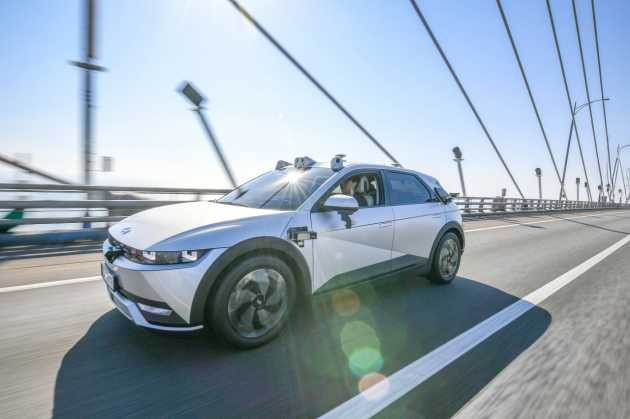

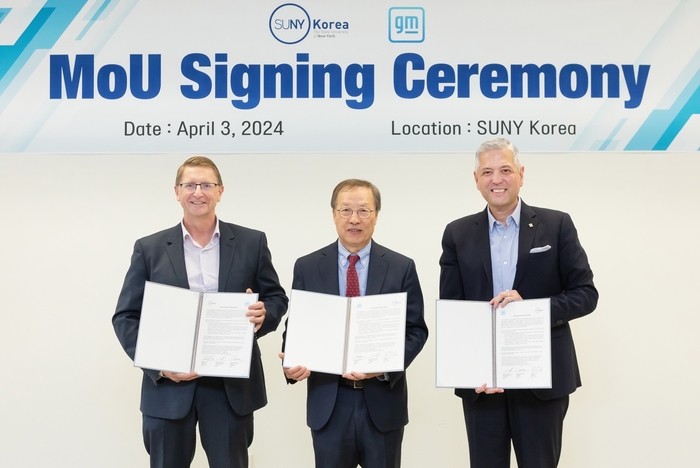

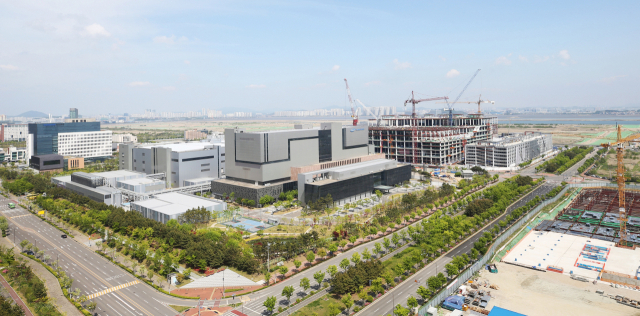
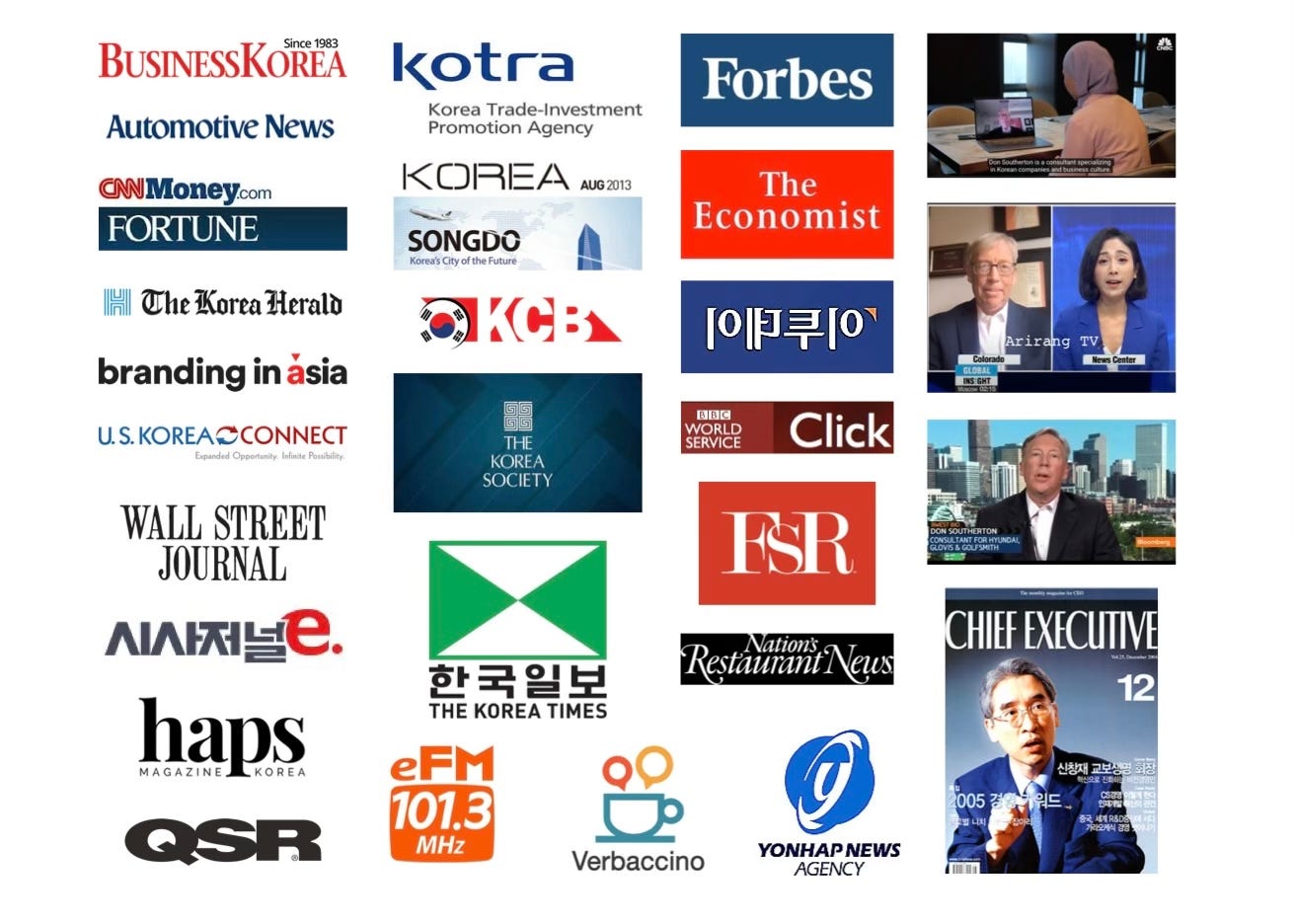

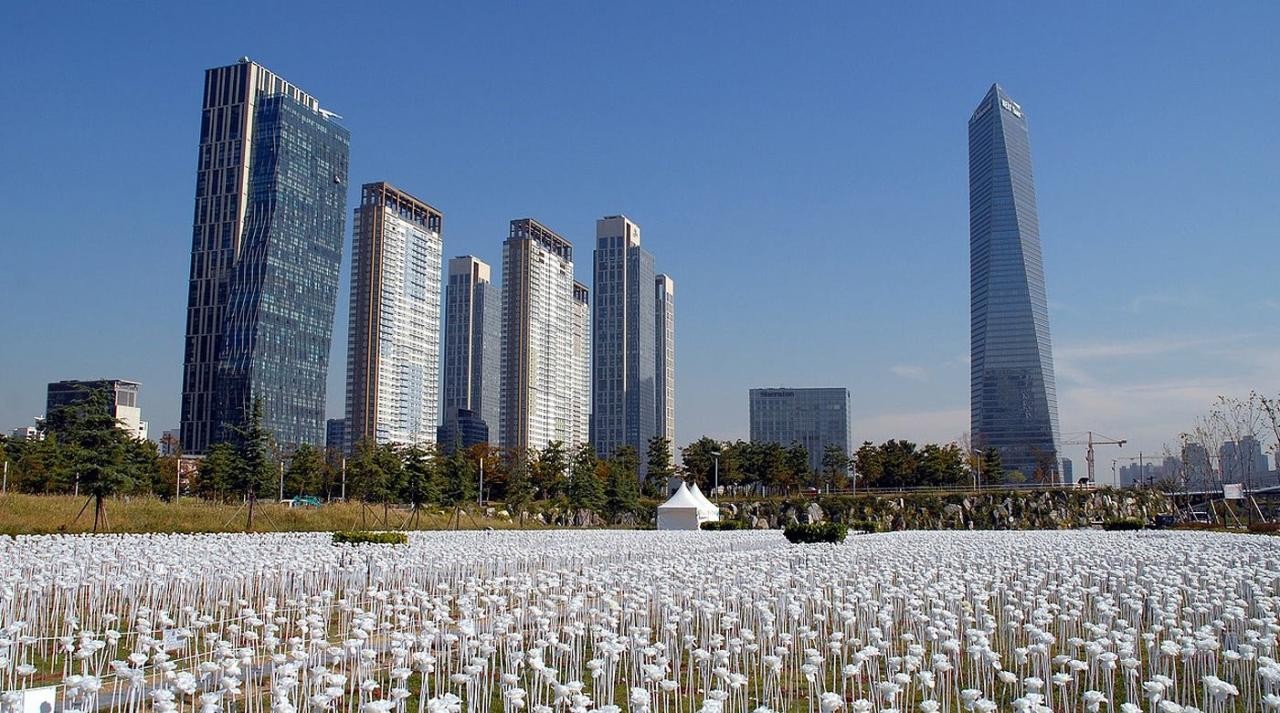

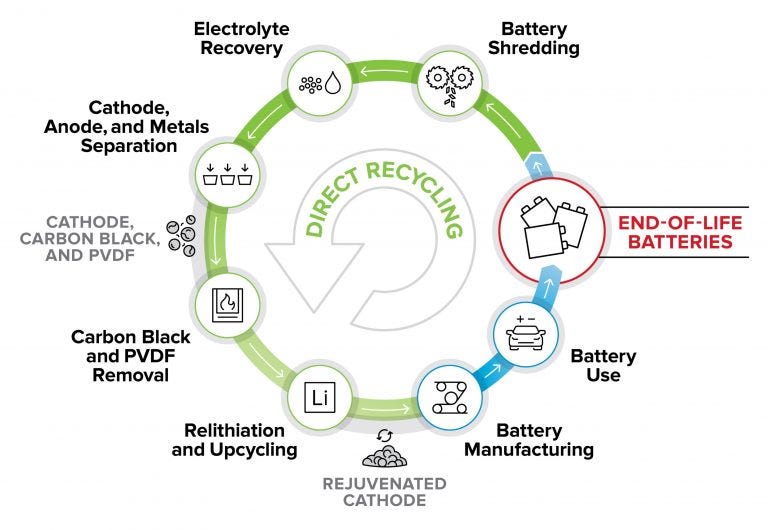
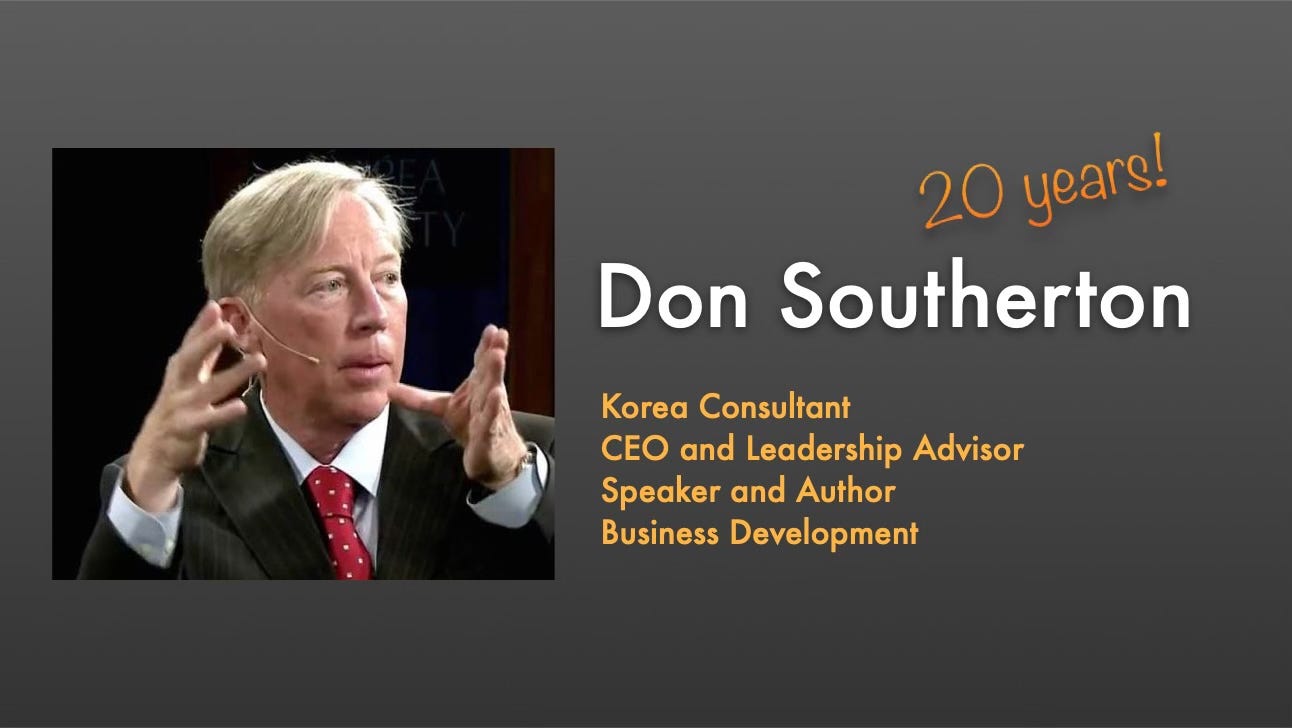







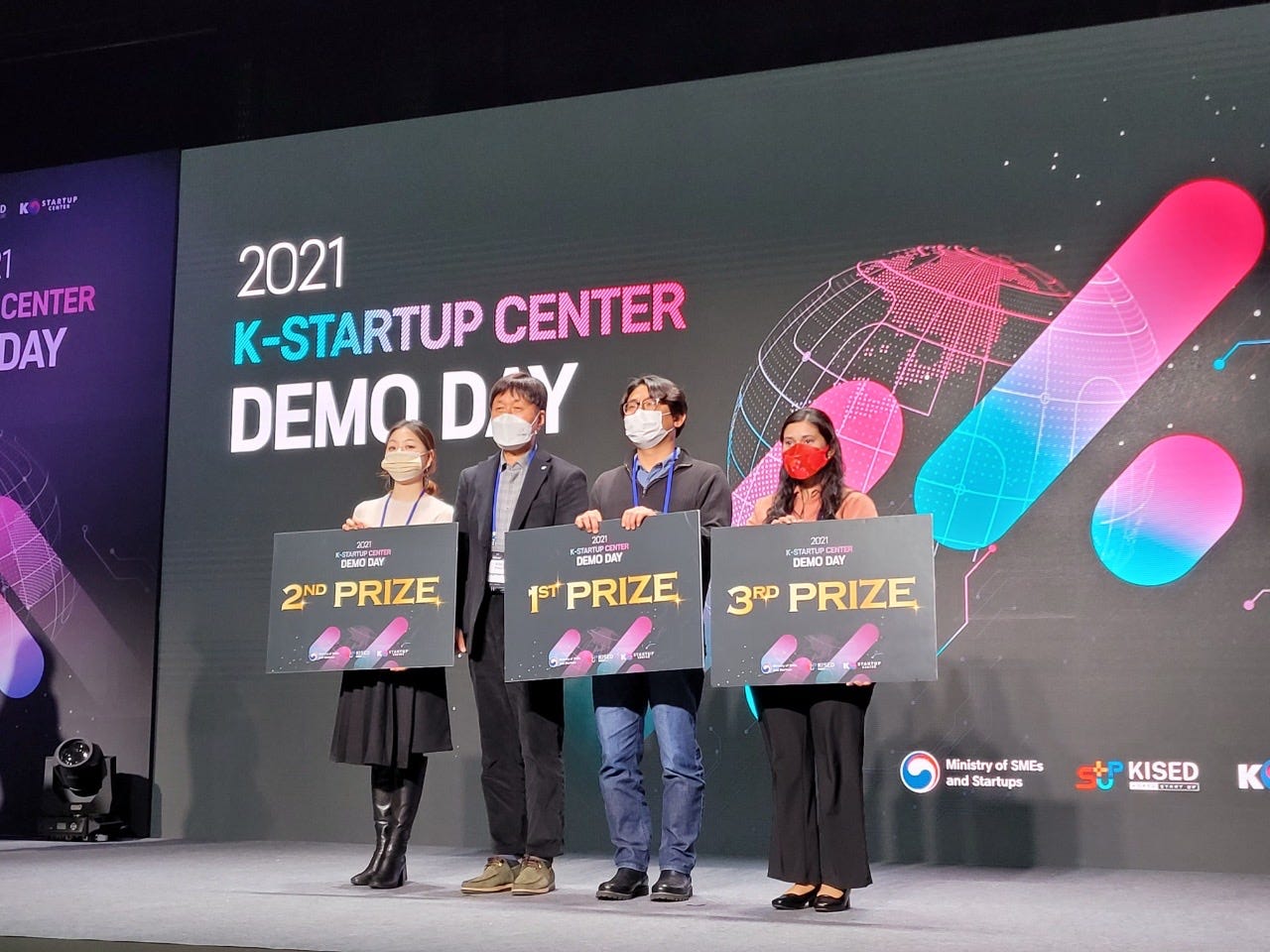

















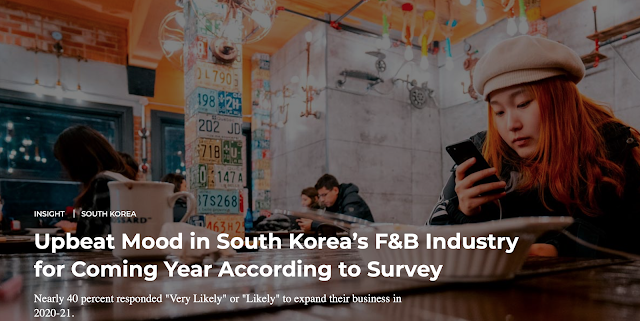














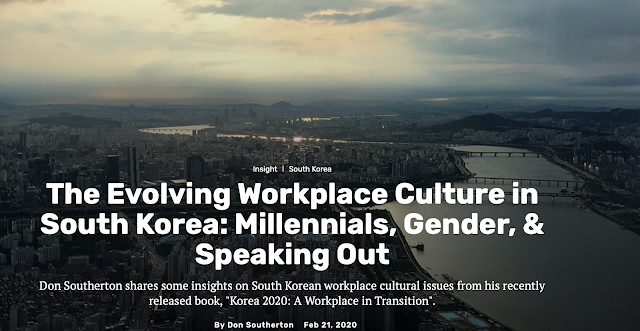



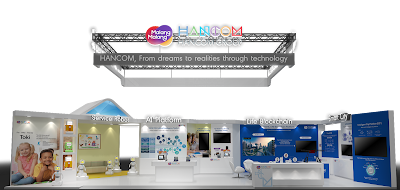





South Korea’s Free Economic Zone (IFEZ) Newsletter
South Korea’s Free Economic Zone (IFEZ) Newsletter shares how the district has positioned itself as the global hub for future industries such as bio-healthcare, smart manufacturing, high-tech finance and future robots, information and communication (IT), and artificial intelligence (AI) while making great strides as a hub for distribution, logistics, tourism, and MICE. #songdo
Please check out our Newsletter https://stibee.com/api/v1.0/emails/share/lp9zm4qG0yY9K45_RHds5rRVGh3ppNE
Questions? Please ask…. dsoutherton@bridgingculture.com
310–866–3777